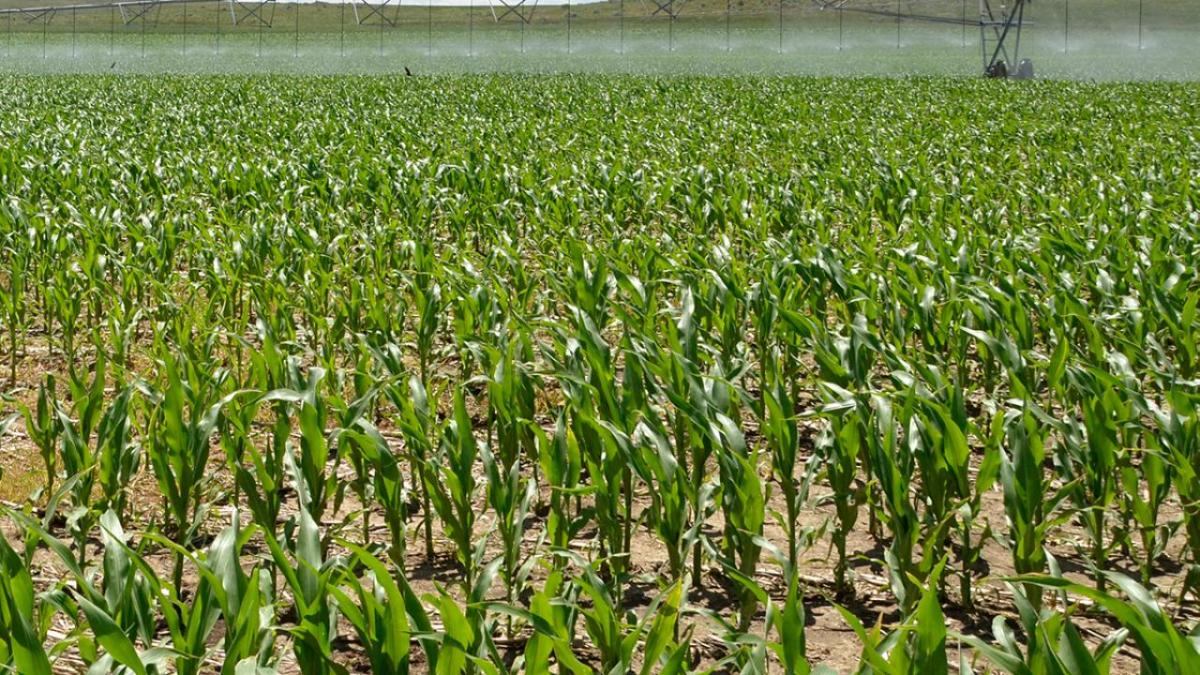Commodity markets have risen substantially with wide fluctuations from day to day and week to week over the past number of months. Add in the fact that old crop prices are higher than new crop prices, and you may find it hard to decide when to market your new crop grain.
Farmers have seen volatile markets and upward moving prices in the past. However, the 2021 commodity marketing environment is not one we have experienced recently. As the U.S. farm economy comes out of an extended period of low prices, farmers are feeling the pressure to lock in higher prices but are hesitant as they do not want to miss the market high by pricing too early.
So, how can you make decisions about pricing new crop grain that you can feel comfortable with? There are two elements we want to highlight that we believe can assist in the pricing decision. First, you need to have a reasonable understanding of forces driving the market and potential impacts. Second, you need to have well defined farm goals and objectives.
At any given time, commodity prices reflect active buyers and sellers. When there are more buyers than sellers, prices rise to incentivize sellers to participate. Over the past number of months, the amount of buying has been very strong, especially from China. Couple this with a downward revision in the size of the U.S. corn crop and corn stocks, and prices can end up in places we rarely observe. It takes several factors to push prices to levels rarely seen and only one event to cause prices to revert to production costs.
Next, review your goals and objectives. If your goal is to make money so you can survive, contracting can remove downward price risks that can trigger farm failure. On the other hand, if your goal is to get the highest price possible, you will undoubtedly find agony in attempting to find the price associated with this goal.
Let us assume your goal is to survive. What price do you need to meet this goal? Are prices offered today at or above this minimum price needed to survive? If your answer is “yes” it might time begin selling some grain for delivery at harvest. We recommend making multiple sales, in smaller quantities (5-10% of expected production at a time), throughout the growing season. This strategy allows you the flexibility to participate or not in price action in coming months.
Selling small quantities throughout the growing season comes with great perks. First, it allows you to take advantage of future, unexpected price rallies. Second, it provides the opportunity to generate a solid farm average price. For the forward-contracting producer, focus must be on the average price being created, not the minimum or maximum contracted price. When hedging, we hope that the first contracted price is the worst contract price, implying that the farm average price rises from subsequent sales. But also happy, as the first sale may be the highest price received if prices decline after the sale, implying that the farm average price will be held up from this initial (higher) contracted price. Whether or not prices rise or fall when contracting, your average farm price is now a function of contracts you have and will continue to make. Your average farm price will not be made up of the high or the low. The average farm price represents a powerful tool in farm survival as you are less likely to receive a farm price well below production costs.
Selling into rallies like we have experienced in the past couple of months can be mentally taxing. We must consider the impact on the farm average price and not pay any attention to the price of the first sale. That first sale (assuming it is early in the growing season and prices are not substantially higher than production costs) should be a small percent of expected production, thereby giving it small weight on the farm average price. Only additional sales will increase the farm average price. When higher prices are observed, yes, including those $1 or $2 per bushel higher than the initial contract, this does not make the initial contract a bad decision. Rather, your average farm price will increase that much quicker. This only works if you make the sale. Observing higher prices today does not mean your neighbors who have not done any marketing are cashing in.
Enjoy the prices the market is offering by making small contracting decisions throughout the pre-harvest marketing season. The only thing that matters is whether your average price helps you create a profit that can be used to improve the operations financial position.
Cory Walters is an associate professor and grain economist in the Department of Agricultural Economics.
Jessica Groskopf is an agricultural economist based in the Panhandle with Nebraska Extension.


